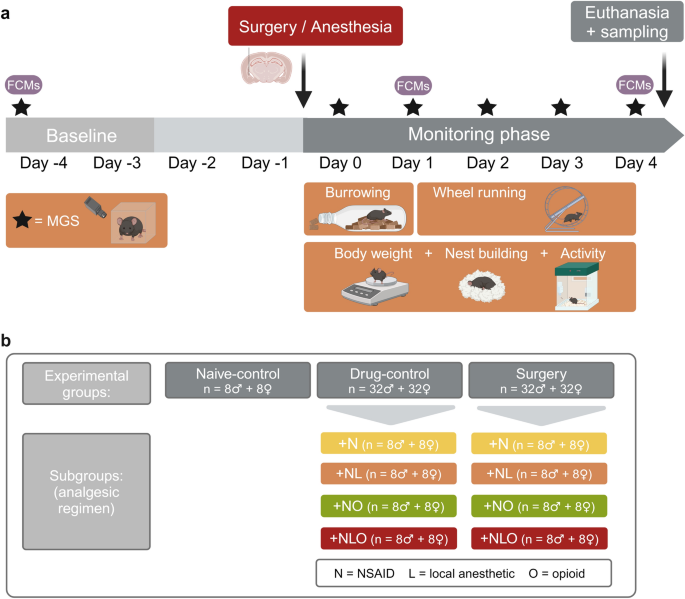- Select a language for the TTS:
- UK English Female
- UK English Male
- US English Female
- US English Male
- Australian Female
- Australian Male
- Language selected: (auto detect) - EN
Play all audios:
Students can use their iPod touches in plain sight in Mark Schuler’s World History class at Roswell High School here. The portable devices and the telltale ear buds are also welcome in the
hallways, library, and cafeteria. Roswell officials, unlike most of their counterparts around the country, have changed their view of the MP3 players, seeing them less as contraband and more
as educational accessories. Educators at the 2,400-student school in suburban Atlanta are hoping to put more content at students’ fingertips and capture their interest by enlisting the
digital tools today’s teenagers have already mastered for social and leisure purposes. “Five years ago iPods were banned, but we got overwhelmed with trying to discipline kids and fight the
technology,” says Edward Spurka, the principal of Roswell High. “Our philosophy here now is let them have it, ... so we’ve allowed all those resources out in the world to be on their
person.” The school’s pilot program, which integrates iPods into Advanced Placement classes and encourages appropriate applications for other lessons and activities across the curriculum,
was introduced as part of Georgia’s educational technology plan. The initiative, being rolled out in 60 high schools across the state, uses federal funding for hand-held technologies as a
means of expanding access to and success in rigorous high school courses for underrepresented student groups. “We thought this would be a great way to engage learners and deliver
more-rigorous material to them,” says Becky Chambers, who manages the AP program for the Georgia Department of Education. “Oftentimes, kids have technology but they don’t use it for
substantive work, only social media or for pleasure such as listening to music. They don’t recognize the power of these devices to improve knowledge and skills.” The state program provides
grants of up to $64,000 to districts—funded primarily from federal Enhancing Education Through Technology, or EETT, grants—to buy the portable devices and provide professional development
and support services to teachers in AP courses. EXPANDING LEARNING TIME The touch-screen devices—which are equipped with wireless Internet capability, play high-quality video, and can be
equipped with any of thousands of free educational applications, or apps—have found favor in a number of schools across the country. First graders in Orange County, Calif., for example, are
using iPods to record themselves reading aloud and retelling a story in their own words to demonstrate comprehension. In Springfield, Ill., teachers can create podcasts, or audio recordings,
of lessons and provide links to related online resources that students can access at any time using their hand-held computers. And 3rd graders in Wells, Maine, are using iPods to preview
exhibits at the Ogunquit Museum of American Art as they prepare their own podcasts related to a field trip. At Roswell High, Schuler’s students have round-the-clock access to the class Web
site, where there are links to text resources, podcasts and notes from previous lectures, video clips on related topics, and details about assignments and exams. The students often take
notes or compose drafts of essays on the miniature keypads using word-processing software and then send them to themselves via e-mail. Schuler gives multiple-choice quizzes on the devices,
which then automatically calculate scores and provide data on students’ knowledge of the content. “With the [iPod] touches, I’m not bound to the 55 minutes of class time,” he says. “They
have expanded my time with students, and if they are willing to put in the work, they can learn at their own pace and easily find more information on their own.” When he sees students
hunched over their iPods typing furiously, Schuler sometimes wonders if they are attending to classwork or something unrelated. Ultimately, he’s learned to trust they will do the necessary
work, generally a given among his high-achieving students, he says. CELLPHONES VS. IPODS The experiment at Roswell is still limited to two classrooms—Schuler’s as well as an English
literature class—where students are issued iPods. But other teachers are finding ways to do similar activities using students’ personal devices. Spurka and other administrators use their own
iPods to document classroom observations and collect data on teachers’ performance. The iPod touches are appealing for educators and students alike because of their ease of use, the
availability of free educational applications, and ready Internet access, according to Lisa Thumann, a senior specialist in technology education at Rutgers University’s Busch Campus in
Piscataway, N.J., where she teaches a class for educators who want to use the devices as teaching or administrative tools. In Thumann’s view, cellphones or smartphones offer more
instructional options for teachers than MP3 players, because large numbers of middle and high school students have their own, and applications are adaptable across brands and types. While
many students own MP3 players, it would be harder to coordinate lessons when some students have Apple’s iPods while others have Sony’s Walkman or Dell’s Zune devices, Thumann says. But the
iPods and similar devices don’t require costly data plans and, without telephone and texting capabilities or camera features, they tend to alleviate some of the concerns over cybersafety and
inappropriate use that have made many school administrators prohibit cellphones in schools, according to Kathy Politis, the director of technology for the Fulton County school district,
which includes Roswell High. For officials in Georgia, the MP3 players provide the ideal solution for using mobile technology efficiently and effectively in schools. “We’ve been struggling
to move teacher instruction away from some of the more traditional approaches to formats that are more engaging for students,” says Elizabeth Webb, the state’s director of innovative
academic programs. “We’re giving them a great tool not only for them to be successful in high school, but when they get out in the real world.”







